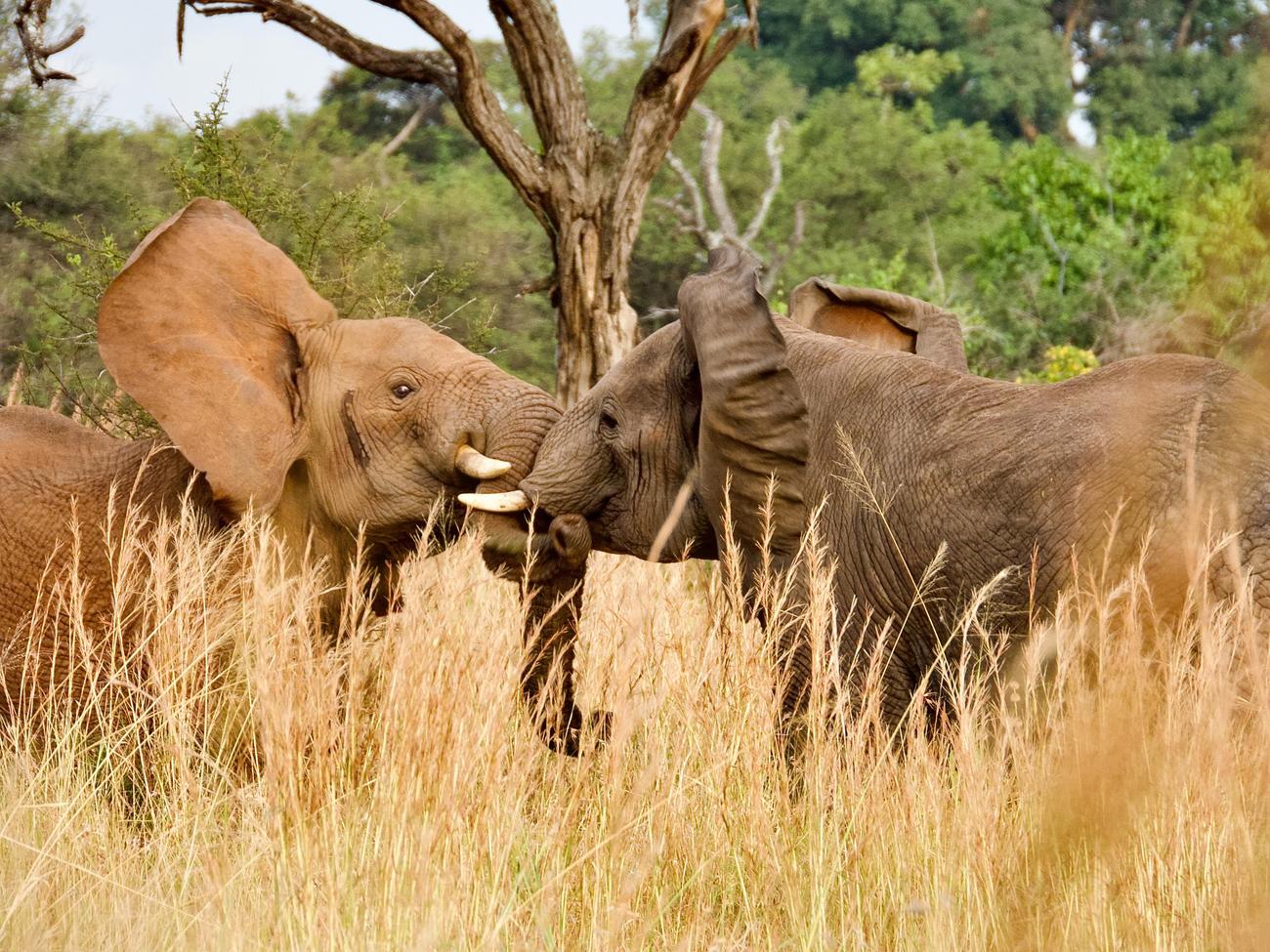Step into the captivating world of sumo wrestling and prepare to be amazed as we delve into the untold stories and hidden gems of this ancient tradition. In this article, we will uncover fascinating and rarely-discussed facts about sumo wrestling, shedding light on its intricate customs and rich history. From renowned wrestlers to exhilarating tournaments, join us on a journey to unearth the little-known nuggets of sumo wisdom that will undoubtedly enrich your understanding of this awe-inspiring sport. Get ready to discover the secrets behind the giants of the ring and immerse yourself in a world of sumo like never before.

Unearthing Hidden Gems: Exploring Sumo Wrestling’s Best-Kept Secrets
Little-Known Facts about Sumo Wrestling
Sumo wrestling, with its rich history and fascinating customs, is an ancient tradition that continues to captivate people around the world. Behind the grandeur of the sport lies a tapestry of little-known facts that weave together to create a unique and awe-inspiring spectacle. In this article, we will delve into some of the lesser-discussed secrets of sumo wrestling, shedding light on the extraordinary world that exists beyond the ring.
Did you know that sumo wrestlers were once thin and muscular? It may come as a surprise, but historically, these athletes had a slimmer physique compared to their modern counterparts. They achieved their strength and power through rigorous training and disciplined nutrition. Over time, however, the sport evolved, and the emphasis shifted towards a bulkier physique that better suited the demands of sumo wrestling. This transformation is a testament to the ever-changing nature of sports and the adaptability of its participants.
“Unearthing Hidden Gem: Sumo wrestlers were once known for their lean and muscular physiques, emphasizing the transformation of the sport over time.”
Another intriguing fact lies in the pre-bout rituals observed by sumo wrestlers. Before each match, these athletes ceremoniously throw salt into the ring. While this may seem like a mere tradition, its symbolic significance is profound. The salt represents purification, not only cleansing the sumo ring but also preparing the wrestlers mentally and spiritually for the upcoming battle. This ritual highlights the deep-rooted connection between sumo wrestling and the traditions of Japan.
“Unearthing Hidden Gem: Sumo wrestlers throw salt into the ring before each bout to purify the arena and mentally prepare themselves for the contest ahead.”
Sumo wrestlers are known for their distinctive attire, which includes a traditional Japanese garment and the iconic topknot known as “chonmage.” But what most people may not be aware of is that these wrestlers are obliged to wear this outfit at all times, even outside the ring. This adherence to tradition showcases the reverence and dedication that sumo wrestlers have for their craft, even in their everyday lives.
“Unearthing Hidden Gem: Sumo wrestlers are required to wear their traditional Japanese attire and maintain their topknot hairstyle even outside of their matches, demonstrating their commitment to upholding sumo traditions.”
On the subject of lifestyle, sumo wrestlers face certain limitations that may surprise many. One such restriction is that these athletes are forbidden from driving. This rule is in place due to concerns over their large physique potentially obstructing their field of vision while behind the wheel. While this limitation may prove frustrating for some, it serves as a reminder of the sacrifices and adaptations that come with the pursuit of greatness in the world of sumo wrestling.
“Unearthing Hidden Gem: Sumo wrestlers are prohibited from driving, aligning with the sport’s safety precautions and the unique challenges they face due to their size.”
Despite their hefty proportions, sumo wrestlers are not plagued by obesity-related health issues as one might assume. These athletes consume an astounding number of calories, often exceeding 7,000 per day, to maintain their immense size and strength. However, their intensive training regime, which involves intense physical exertion and rigorous exercises, keeps them remarkably fit and prevents obesity. This paradoxical balance between their dietary intake and physical well-being showcases the intricacies and unique nature of sumo wrestling.
“Unearthing Hidden Gem: Sumo wrestlers consume an astonishing number of calories each day, yet their rigorous training helps them maintain remarkable physical fitness and prevent obesity.”
In the world of sumo wrestling, attire is minimal yet significant. Sumo wrestlers solely wear a loincloth called a “mawashi.” This simple garment serves multiple purposes, providing modesty while allowing freedom of movement during matches. The mawashi has deep cultural symbolism, representing the ancient traditions and values that underpin this revered sport.
“Unearthing Hidden Gem: Sumo wrestlers exclusively wear a loincloth called a mawashi, which encompasses the rich symbolism and cultural heritage associated with this traditional attire.”
Weights in the realm of sumo wrestling rise to astronomical numbers. These athletes can weigh as much as 150 kilograms, showcasing the incredible strength and power required to participate in this demanding sport. The colossal size of sumo wrestlers adds an element of awe and spectacle to each match, making their feats of strength all the more extraordinary.
“Unearthing Hidden Gem: Sumo wrestlers can reach staggering weights of up to 150 kilograms, exemplifying the immense power and strength necessary to excel in this ancient discipline.”
A lesser-known aspect of sumo training is the intentional weight gain that wrestlers undergo as an essential part of their preparation. Contrary to popular belief, this weight gain is not arbitrary but a strategic technique. By increasing their body mass, sumo wrestlers aim to raise their center of gravity and enhance stability during matches, making it exceedingly challenging for opponents to unbalance them. This deliberate strategy adds yet another layer of complexity and intelligence to the world of sumo wrestling.
“Unearthing Hidden Gem: Sumo wrestlers deliberately gain weight to improve their stability and make it more difficult for opponents to overpower them, showcasing the strategic elements woven into the fabric of the sport.”
Sumo life, while revered and prestigious, comes with its unique set of challenges. Research suggests that sumo wrestlers often live approximately 20 years less than the average Japanese life expectancy. The immense physical strain and demanding lifestyle take a toll on their health, highlighting the sacrifices these athletes make in pursuit of their passion. This somber reality emphasizes the dedication and resilience that sumo wrestlers exhibit throughout their careers.
“Unearthing Hidden Gem: Sumo wrestlers often face a lower life expectancy, underscoring the physical demands and hardships they endure while pursuing their chosen path.”
When it comes to nutrition, sumo wrestlers rely heavily on a hearty hotpot meal known as “Chanko-nabe.” This traditional dish is a staple of their diet and is packed with high-calorie ingredients such as meat, vegetables, and noodles. Chanko-nabe provides the necessary fuel for their grueling training sessions and helps sustain the immense physical demands of sumo wrestling. It serves as a potent symbol of the fusion of tradition, nutrition, and formidable dedication that defines this ancient sport.
“Unearthing Hidden Gem: Sumo wrestlers frequently indulge in a hotpot meal called Chanko-nabe, a symbol of dedication and nutrition that rests at the core of their training and sustenance.”
Sumo wrestling encompasses a world rarely explored in mainstream media. Beyond the grand bouts and thunderous clashes lies a tapestry of hidden facts that illuminate the sport’s traditions and the remarkable lives of its athletes. By unearthing these little-known gems, we gain a deeper appreciation for the intricate customs and fascinating history that have shaped sumo wrestling into the awe-inspiring cultural phenomenon it is today.
So go forth and explore the captivating world of sumo wrestling, armed with these remarkable facts. Discover the strength, grace, and dedication that define this truly unique sport.
Sumo wrestling is a fascinating and mesmerizing sport, filled with traditions and rituals dating back centuries. If you’ve ever been curious about the world of sumo wrestling and want to uncover some intriguing facts, then you’re in luck! We’ve compiled a list of captivating facts about sumo wrestling that will leave you wanting to know more. From the elaborate ceremonies before a match to the strict rules that govern this ancient sport, there’s so much to discover. So why wait? Explore the world of sumo wrestling by clicking here: facts about sumo wrestling. Get ready to be amazed by the incredible athleticism and sheer power that define this unique art form. Don’t miss out on this opportunity to dive deep into the captivating world of sumo wrestling!
FAQ
Question 1: Were sumo wrestlers once thin and muscular?
Answer: Yes, historically sumo wrestlers were expected to be thin and muscular. Sumo wrestling has evolved over time, and the emphasis shifted towards size and weight.
Question 2: Why do sumo wrestlers throw salt into the ring before every bout?
Answer: Sumo wrestlers throw salt into the ring before each bout as a purifying ritual. It is believed to ward off evil spirits and cleanse the ring of any impurities.
Question 3: Do sumo wrestlers always wear traditional Japanese attire with a topknot?
Answer: Yes, sumo wrestlers are required to wear traditional Japanese attire called a “mawashi” along with a topknot hairstyle during their matches. This attire is a symbol of the sport’s rich cultural heritage.
Question 4: Are sumo wrestlers banned from driving?
Answer: Yes, traditionally sumo wrestlers are not permitted to drive cars. This restriction is in place to prevent any potential accidents that may result from their large size and limited mobility.
Question 5: How do sumo wrestlers maintain their massive size without suffering from obesity?
Answer: Sumo wrestlers consume a high-calorie diet, often reaching up to 7,000 calories a day. However, their intense training regimen and physically demanding lifestyle help them convert this mass into muscle rather than fat.
- Georgia Platform: A Southern Strategy, 1850s - March 31, 2025
- How many weeks is 40 days: Quick Conversion Guide for Accurate Results - March 31, 2025
- How many feet is 300 meters? 984 Feet: Understand Length Conversions Easily - March 31, 2025
















